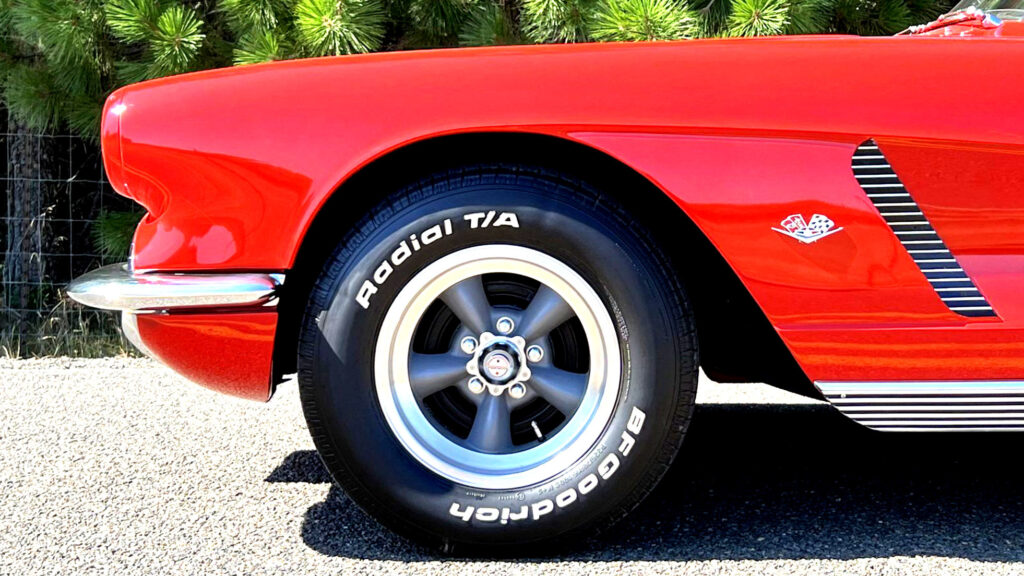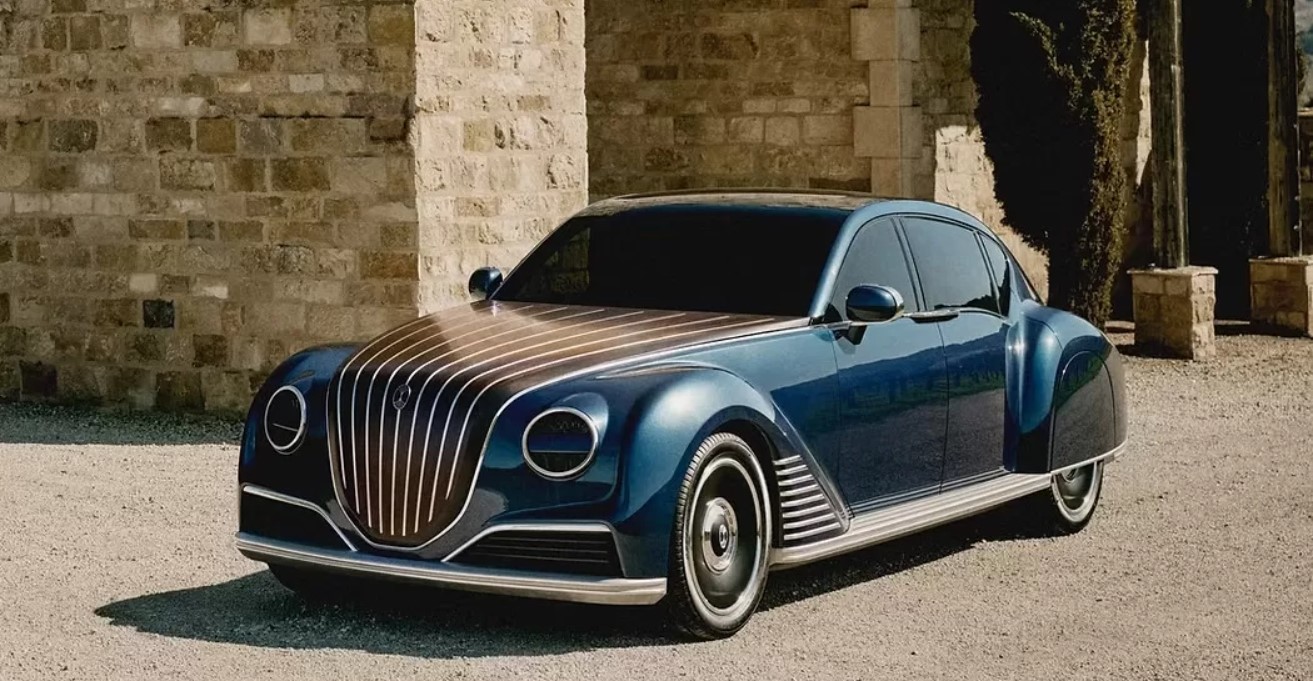New Emission Rules for Brakes and Tires
Since 2025, the humble brake drums, once ubiquitous, have practically disappeared, and this is a familiar phenomenon for those who have driven classic cars with drum brakes on steep descents. But ironically, one of the reasons why they lost effectiveness under extreme use is also the reason for the possible return of drums.
Disc brakes replaced four wheels with drums on most sports cars in the 1960s. They became the standard for most regular cars by the 1970s, and front drums disappeared by the mid-1980s. They are still used on the rear axles of some basic, lightweight, low-power cars because they are cheap and have low braking demands. But some experts believe more cars might switch to drums in the future.
Changes Due to Regulations
The reason is the new Euro 7 rules, which are set to come into force in November 2026. Although automakers managed to weaken the proposed stricter emission norms, the Euro 7 rules focus on emissions from other parts of the car, including tires and brakes.
Automakers and their suppliers have been exploring various methods to reduce brake emissions, the most obvious being the use of new types of brake discs and pads. One solution is to apply a coating to steel brake discs, another is to switch to brake pads that wear out more slowly, and carbon discs similar to those used on supercars. Although expensive, they can reduce emissions by 81%.

Why Drums Are Still Important
Another option is the return of brake drums. They work by pushing a pair of brake “shoes” outward against the inner surface of a solid drum. The fact that friction occurs inside the drum means the brakes are prone to overheating under intense or prolonged use, leading to a loss of effectiveness, but the enclosed design also means that most of the dust released by the brake surfaces during wear is contained inside the drum.
Other advantages of this technology include the absence of unpleasant brake dust that ruins expensive wheels, lower production costs and weight, and less resistance when the brakes are not applied.
Possible Return
The auto parts manufacturer Tenneco, which also produces copper-free brake pads that can reduce PM10 emissions by 60%, reported that the rapid decline in demand for brake drums has now slowed. Could this decline be completely reversed?
Electric vehicles and hybrids, which are capable of providing braking force through regenerative means and rely less on traditional friction brakes, might seem like good candidates for rear drums, despite their weight. Volkswagen already uses them on the ID.3 and ID.4 (and even on GTX models), and the new emission rules could lead to more brands adopting the retro technology.

These regulatory changes could significantly impact future car design, especially given the growing attention to environmental aspects. The use of older, yet effective technologies like drum brakes could become key to balancing performance, cost, and environmental requirements. This also highlights how innovation can sometimes combine with proven solutions to achieve new goals.


 by
by 
